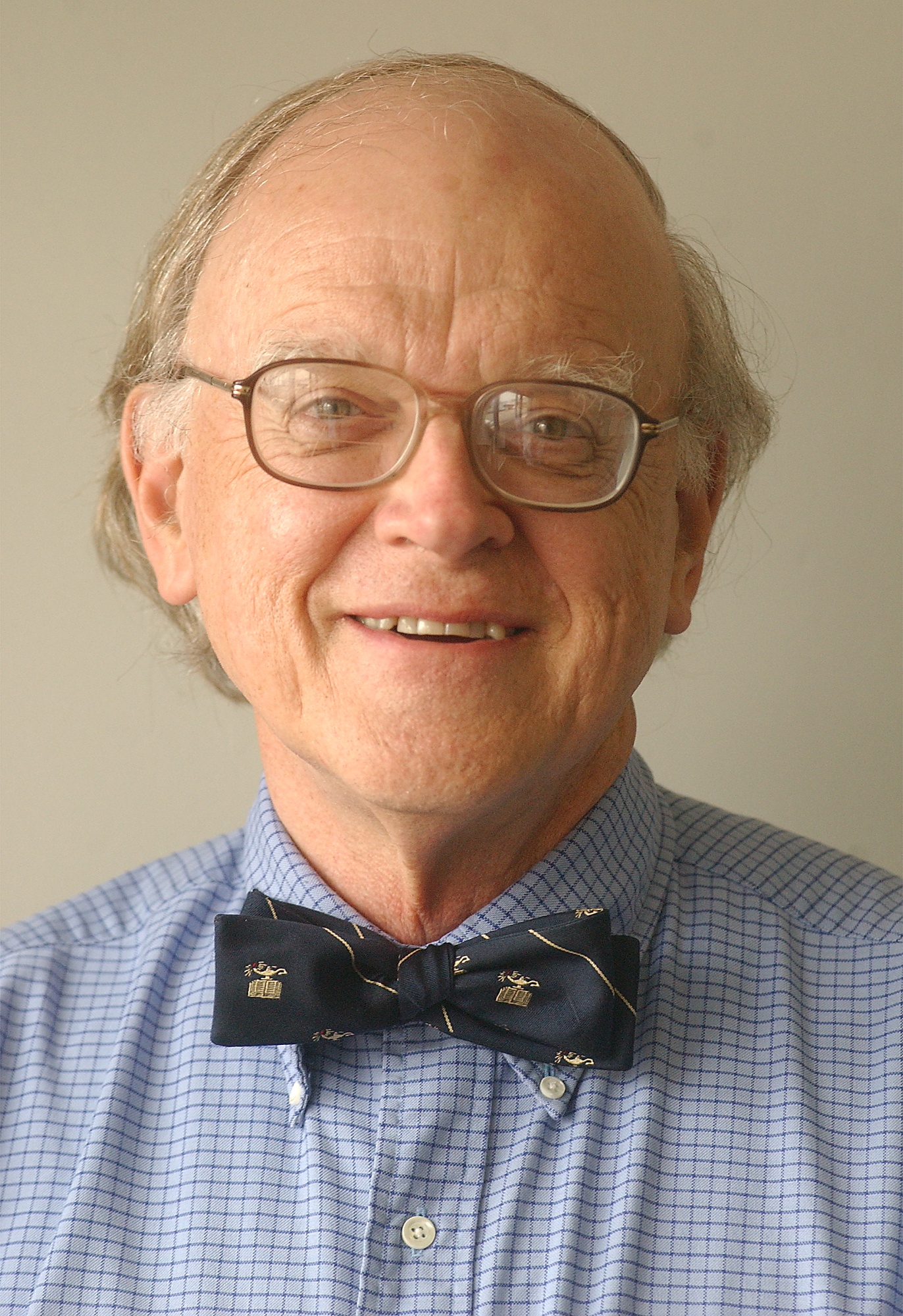This year marks the centenary for the outbreak of World War I, the first shots fired on Aug. 28, 1914.
Fighting in WWI officially ended on the 11th hour of Nov. 11, 1918. President Woodrow Wilson proclaimed in 1919 that the date would be memorialized as Armistice Day with a minute of silence and whatever additional celebrations local communities might choose.
Individual states chose different methods for observing the day. Some observed it as a holiday, others as an occasion for parades and proclamations. Congress sought uniformity by making Armistice Day a legal holiday in 1938. The day was renamed Veterans Day in 1954 to honor those men and women who had served in the armed forces during all wars. After a multi-year experiment of making Veterans Day part of a three-day weekend observance, the holiday was changed in 1978 to be observed as initially planned on Nov. 11.
WWI exacted a terrible toll, with an estimated 16 million military and civilian deaths and 20 million wounded. The U.S., which entered the conflict in 1917, suffered more than 116,000 deaths and 200,000 wounded among its troops. In addition to battle-inflicted wounds, thousands of soldiers of all armies died from Spanish influenza, which found ready victims among warriors packed in encampments or on troop ships returning home.
My generation represents the last to have had direct contact with veterans of WWI. We can assign names and faces to the statistics relating to the combatants.
My great-uncle Rube, enlisted as an American volunteer in the British Army in 1916, serving as a physician in an aid station just behind the frontlines in France. When I was growing up, he responded to few of my questions about his experiences. I pieced together over time an explanation for his deep, chronic cough, which was due to a chlorine gas attack. A chronically painful back resulted from an errant artillery round that struck his aid station.
During my clinical rotations at the Nashville Veterans Administration Hospital in the 1960s, I met a series of WWI veterans who bore residual visible and invisible wounds from their service. They had been drafted into the Army. I was surprised by the frequency with which poison gases had been used against them, leaving chronic bronchitis as a painful legacy. I saw withered or scarred limbs, listened to accounts of bombardments that seemed interminable and learned of the severity of the influenza epidemic that struck some units. I briefly encountered the legendary Sgt. Alvin York, a native of Tennessee who was one of the most decorated American soldiers the war, including the Medal of Honor.
A veteran from Illinois told me about his partial basic training before his unit headed for New York City. Training was completed aboard ship and after arrival in Europe. His unit joined others in a parade through Manhattan to board ships. An officer warned that anyone who tried to break away the formation would be shot. As soon as basic training was completed in France, his unit marched to the frontlines.
The wars of the 20th century affected millions of American soldiers, sailors, marines, airmen and their loved ones.
Politicians and pundits use the term "boots on the ground" in their calls to deploy American servicemen and women in worldwide conflicts. The term depersonalizes our military. Each man or woman who has served in America's wars has a name, a history and a family. Veterans Day reminds us of people for whom we must extend gratitude along with services to heal their wounds and restore lives disrupted by wartime service.
Contact Clif Cleaveland at cleaveland1000@comcast.net.

